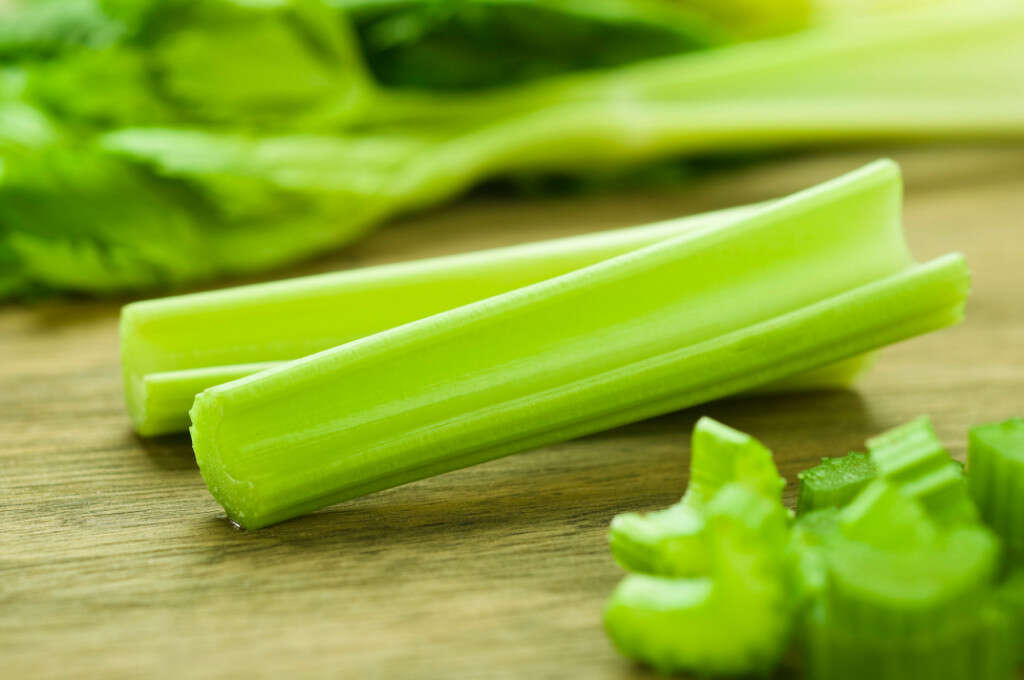10 Home Remedies For Arthritis
Arthritis is a term that means inflammation of a joint. Other associated symptoms are pain, stiffness, warmth, redness, swelling, decreased range of motion, and possible deformity (in chronic disorders).
There are many different types of arthritis such as rheumatoid arthritis, osteoarthritis, and septic arthritis. Treatment for arthritis usually comprises of rest, application of ice and heat packs, physical therapy, weight loss, and pain management. Surgery may be required in some patients.
While modern medicine provides treatment for arthritis, there are also some home remedies that may be beneficial for individuals with arthritis. However, before trying any home remedy, it would be a good idea to discuss it with your doctor.

Home Remedy #1: Thunder God Vine
Thunder god vine or Tripterygium wilfordii is a vine that is used in traditional Chinese medicine. It is believed to be beneficial for patients with psoriasis and rheumatoid arthritis. In China, the thunder god vine has been used for many years for rheumatoid arthritis due to its anti-inflammatory properties.
A clinical trial conducted at the University of Texas Southwestern Medical Center found that 80 percent of patients given a high dose of thunder god vine experienced an improvement in their symptoms. However, due to lack of evidence and potential side effects, the use of this supplement is not routinely recommended. It is crucial for those who want to try this home remedy to discuss it with their primary care physician.

Home Remedy #2: Cherries
Cherries are stone fruits that come from the plants of the genus Prunus. As a home remedy for arthritis, the patient can eat between 6 to 8 cherries a day. They can be fresh, frozen, or tinned. This is an old Japanese remedy for arthritis. The cherries can also be boiled down into a syrup to make a sweet drink.
Cherries are a good source of potassium and magnesium. Magnesium is a natural painkiller while potassium has diuretic properties. The combination of both magnesium and potassium helps reduce inflammation by ridding the tissue of fluid. In a study conducted by Boston University Medical Center in 2012, the consumption of at least 10 cherries a day helps protect against recurrent attacks of existing gout.
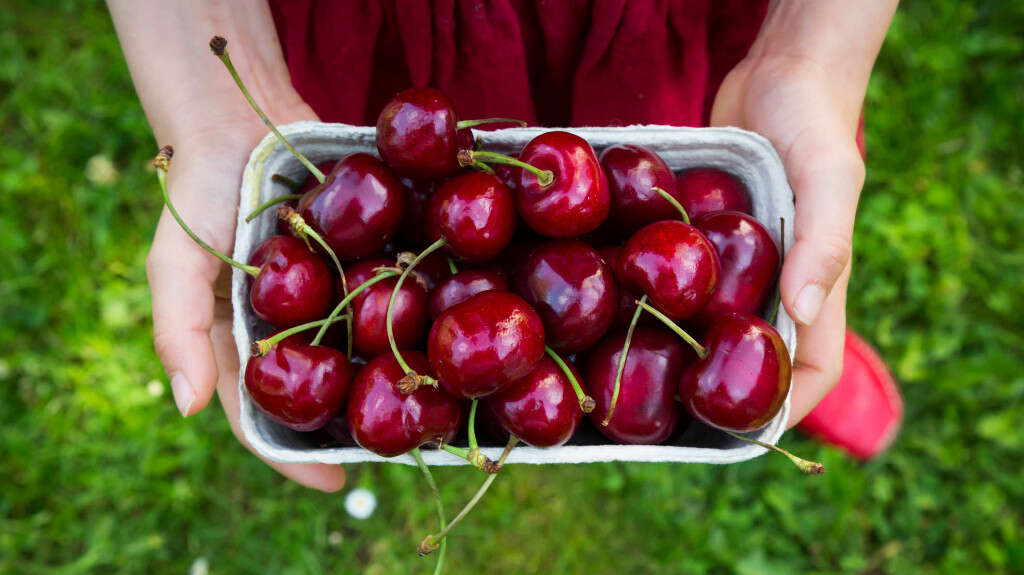
Home Remedy #3: Devil’s Claw
Devil’s claw, also known as grapple plant, wood spider, or Harpagophytum is a plant native to southern Africa. Devil’s claw is widely used in folk medicine as a dietary supplement and anti-inflammatory herb. Despite having little to no clinical evidence of its efficacy, it has been noted to have some effects for the treatment of osteoarthritis and lower back pain.
There are some German and French studies that observed that the pain relief provided by devil’s claw is similar to cortisone due to its anti-inflammatory properties. This can be attributed to the presence of harpagoside. Using the whole plant would be more effective as it contains flavonoids that enhance the anti-inflammatory effect.
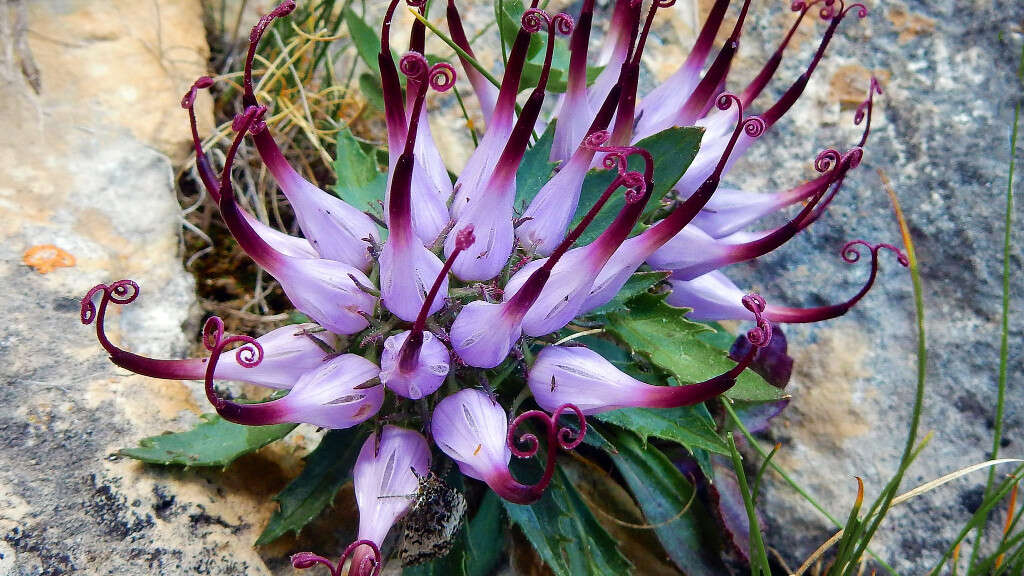
Home Remedy #4: Glucosamine
Glucosamine is an amino sugar and most abundant monosaccharides. It is one of commonest dietary supplements used by adults in the United States. Glucosamine is marketed as a supplement that supports the function and structure of joints. It is most commonly used by individuals who suffer from osteoarthritis.
Clinical studies on glucosamine have divided results with some claiming alleviation of stiffness and pain while some report no additional benefit when compared with a placebo. However, it has been approved for the treatment of arthritis as many patients have reported that it helps to reduce inflammation and pain, repair joints, and increase motion.
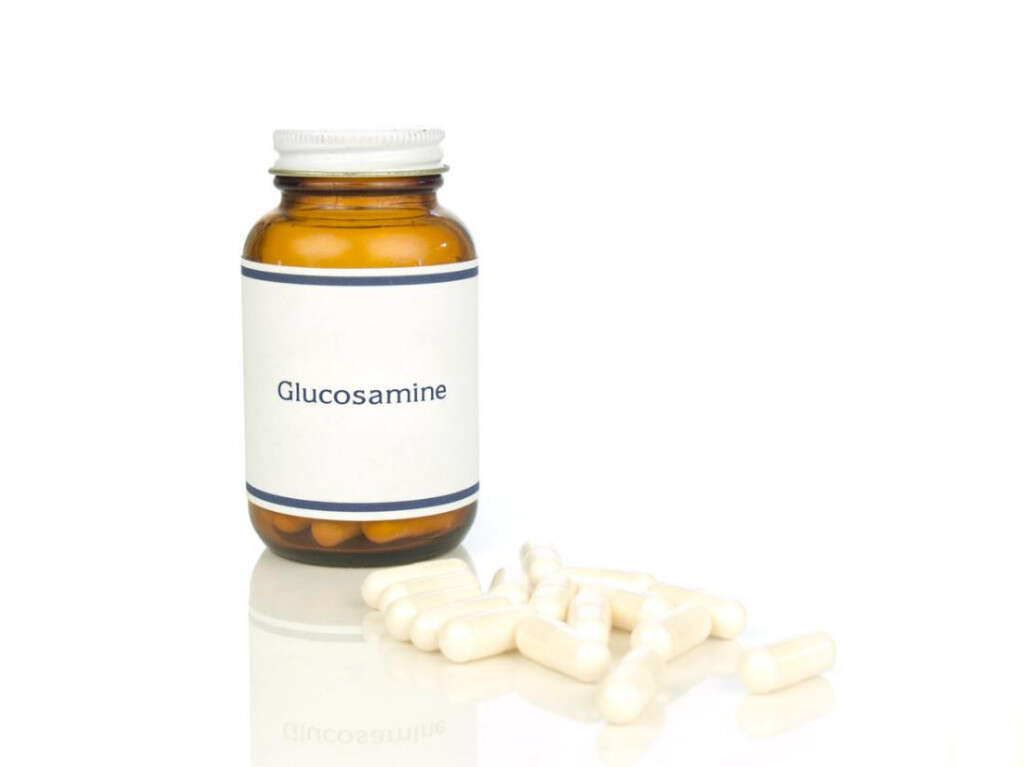
Home Remedy #5: Dandelion Leaves
Dandelion is an herb that is widely used in traditional medicine. Despite it being widely used for various conditions, there is not enough scientific evidence to support its effectiveness. In traditional medicine, it is used for an upset stomach, loss of appetite, arthritis, muscle aches, intestinal gas, bruises, and eczema.
Its uses can be attributed to the dandelion plant containing chemicals that decrease inflammation and increase urine production. It also contains a high content of vitamin A and C, which helps repair damaged tissues. It can be eaten by steaming or sautéing it.
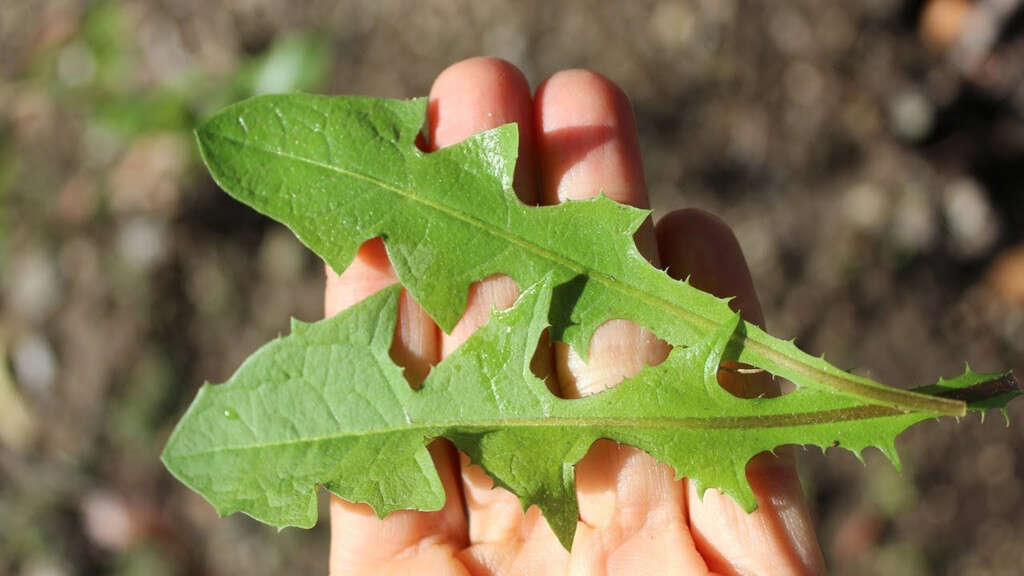
Home Remedy #6: Eucalyptus Oil
Eucalyptus oil is oil that is made from the Eucalyptus leaf. It has been used in traditional medicine for various disorders such as colds, influenza, asthma, and bronchitis. Early research has shown that eucalyptus oil may have analgesic and anti-inflammatory properties when applied topically. It has been thought to help improve circulation as well.
In a study published in 2013, researchers studied the effects of eucalyptus oil in aromatherapy for patients after a total knee replacement. Patients with arthritis can apply a small quantity of warmed eucalyptus oil over the painful area followed by steaming towels. This can help alleviate the pain.

Home Remedy #7: Ginger
Ginger is a plant that is widely used for culinary purposes and traditional medicine. Although there is little to no evidence regarding its efficacy in traditional medicine, it has been claimed to be helpful among individuals who experience nausea and vomiting.
It has also been thought to be useful for those who experience arthritis as it reduces inflammation and joint pain among those with rheumatoid arthritis and osteoarthritis. It may also increase circulation in those with Raynaud’s phenomenon. This has been attributed to its anti-inflammatory properties and ability to suppress leukotrienes.

Home Remedy #8: Boswellia
Boswellia is a tree known for its fragrant resin. Boswellia has been used for thousands of years as a natural anti-inflammatory. The extract from the tree has been thought to help relieve joint inflammation and pain. Modern research has also confirmed that it contains boswellic acids that help prevent the formation of leukotrienes, which are responsible for inflammation.
Blood supply to the joints will be maintained with regular use of Boswellia, allowing the soft tissue to stay nourished and viable. Multiple studies have suggested that Boswellia helps relieve pain, improve mobility, and slow cartilage damage.
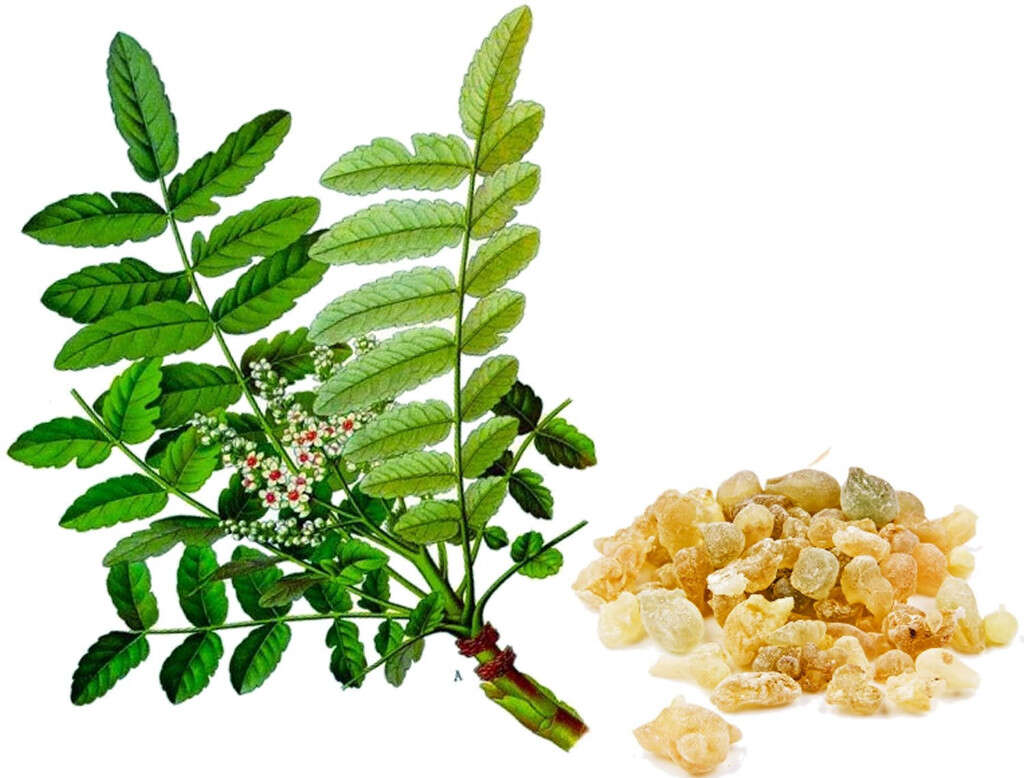
Home Remedy #9: Black Cohosh
Black cohosh is a flowering plant from the Ranunculaceae family. Black cohosh has been used by Native Americans in the treatment of gynecological disorders and more. It is currently used to relieve various postmenopausal symptoms, regulate periods, induce labor, and relieve arthritis pain.
It may be beneficial for patients with arthritis due to its anti-spasmodic and anti-inflammatory properties. However, those interested in using black cohosh should consult their physician as it can result in side effects such as an upset stomach and headaches.
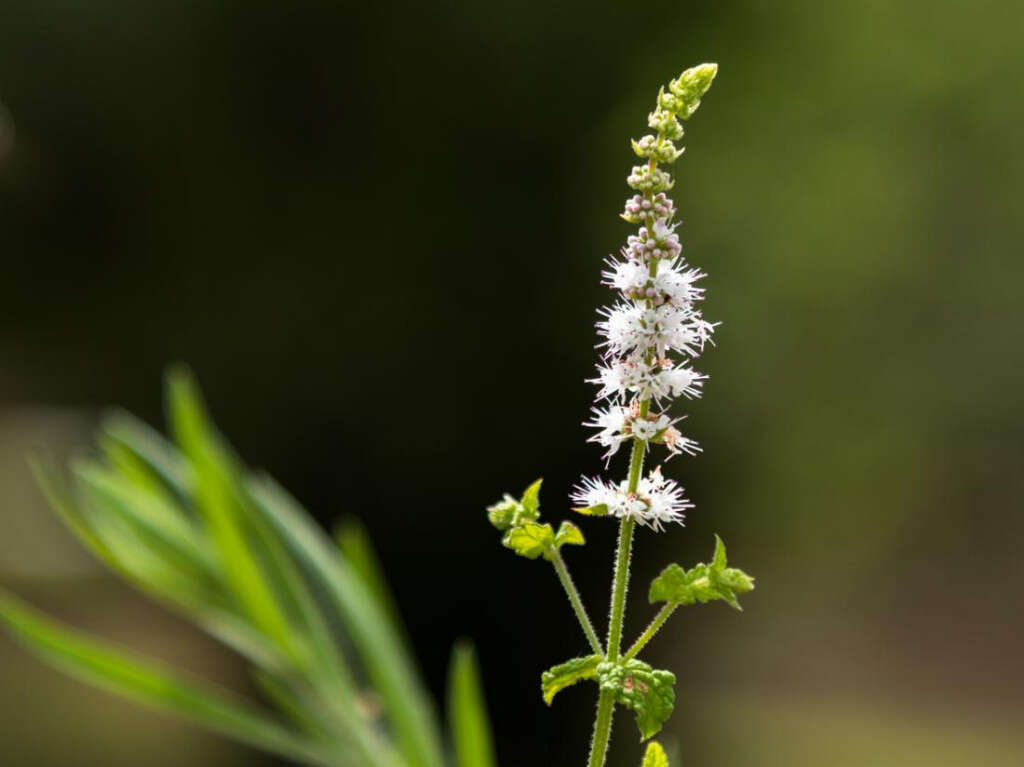
Home Remedy #10: Celery
Celery is a plant that is cultivated as a vegetable. Celery and its seeds have been used in folk medicine such as Ayurveda. The Romans also believed that celery seeds could help relieve pain.
Celery has been thought to be beneficial for patients with arthritis as it contains an anti-inflammatory component known as luteolin. While studies have confirmed that luteolin is indeed an anti-inflammatory component, it has not been tested to see if it is effective in alleviating pain due to arthritis. However, celery seeds and various parts of the plant may be beneficial as a home remedy for arthritis.
